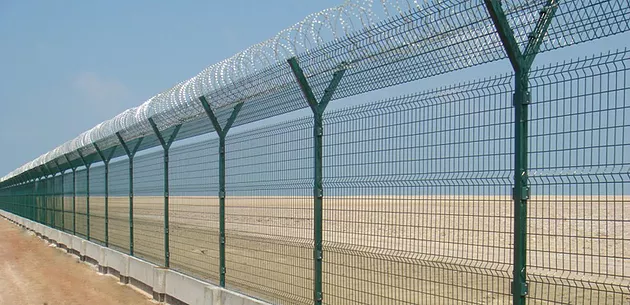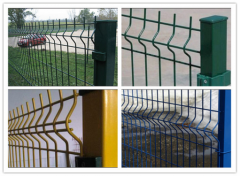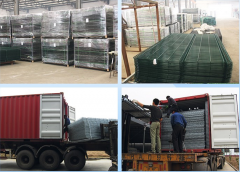border security
3D fencing can be used to protect the perimeter of critical facilities. Due to its height and strength, it prevents criminals from climbing over the fence to enter the interior of critical facilities. Additionally, the 3D fence is designed to be difficult to climb or cut, further enhancing perimeter security.
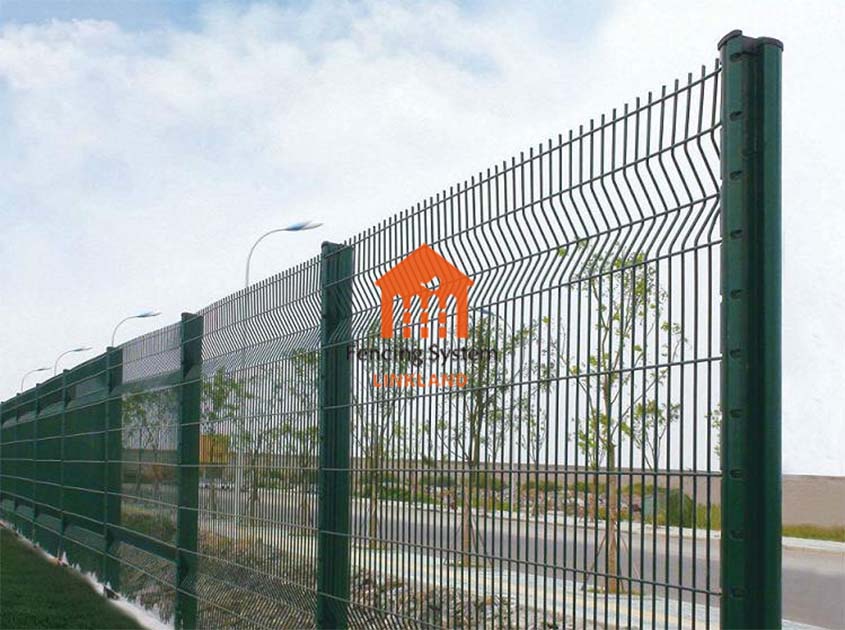
Protection area pision
3D fencing can also be used to delineate different protected areas within critical facilities. By setting up 3D fences of different heights, key facilities can be pided into different areas, thereby better controlling the flow of people and vehicles and increasing safety.
visual blocking
Due to the design of the 3D fence, it can provide blocking effect visually. It is difficult for climbers to see inside the fence, which makes it more difficult for them to scale or climb over the fence to gain access to critical facilities. This visual blocking effect can play an important role in the protection of critical facilities.
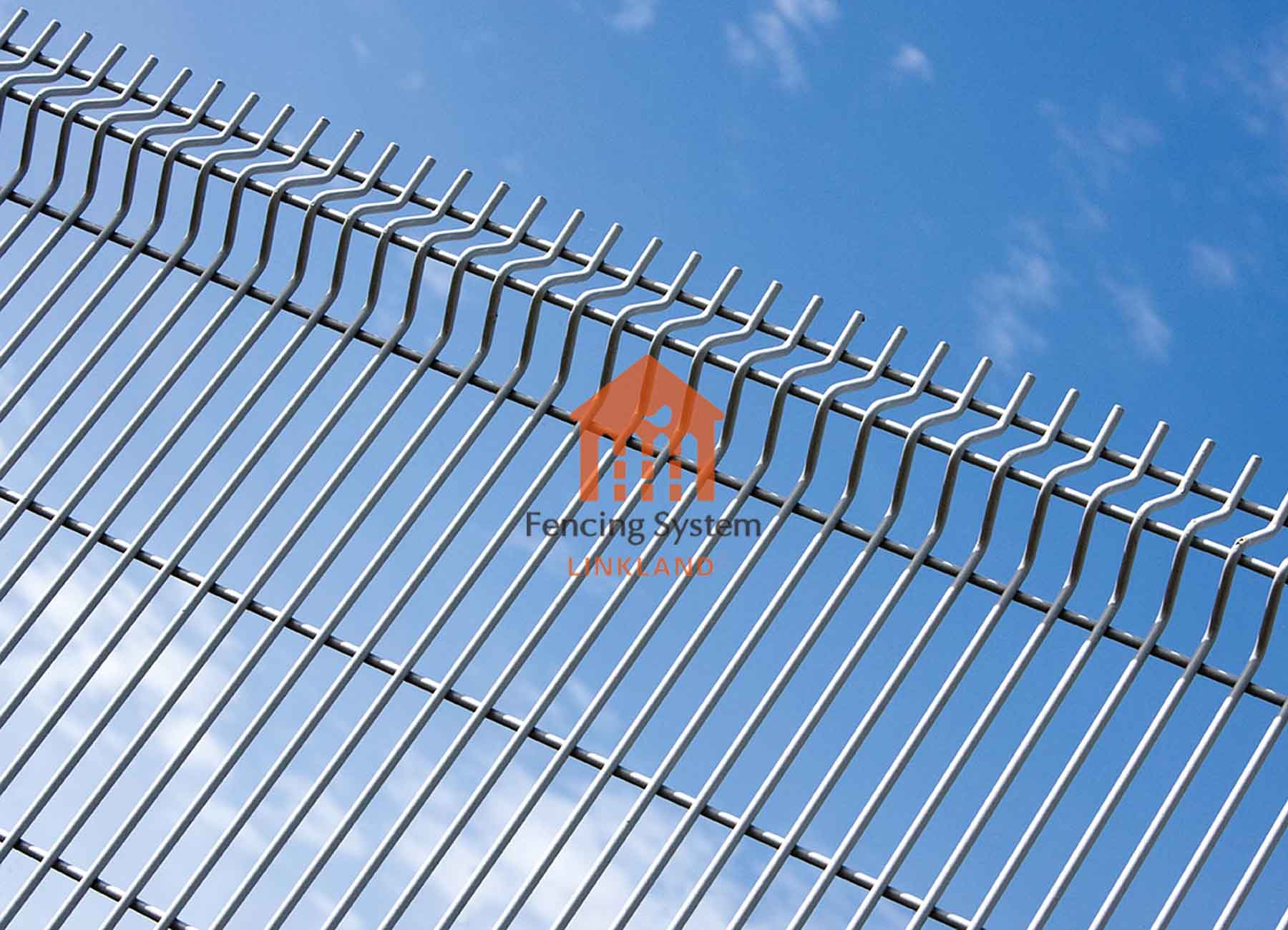
Quick installation and maintenance
Finally, the design of the 3D fence makes it easy to install and maintain. Compared with traditional fencing systems, 3D fencing can be assembled and disassembled quickly, reducing the time and cost of installation and maintenance. This is especially important for critical facility protection where fencing needs to be erected quickly.
To sum up, 3D fencing plays an important role in the protection of key facilities. It can be used for border security, protection area pision, visual blocking, and quick installation and maintenance. Choosing the right 3D fencing system can enhance the safety and function of critical facilities.
Pre:3D fence Panels: The Future of High-Security Perimeter Enclosures
Next:Comparing Traditional Fencing vs. 3D fence Systems: Which Is More Effective
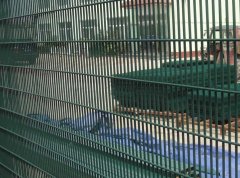
358 Fence: The Ultimate Security Solution for High-Risk Areas
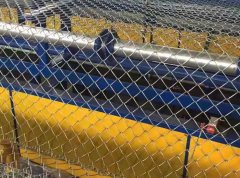
High-Quality Chain Link Fencing – Secure, Durable, and Versatile
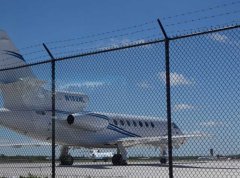
Durable and Secure Airport Fencing Solutions for Maximum Protection
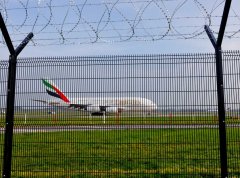
The Ultimate Guide to Airport Fencing: Ensuring Security and Safety

welded mesh fence: social responsibility and industry self-discipline
